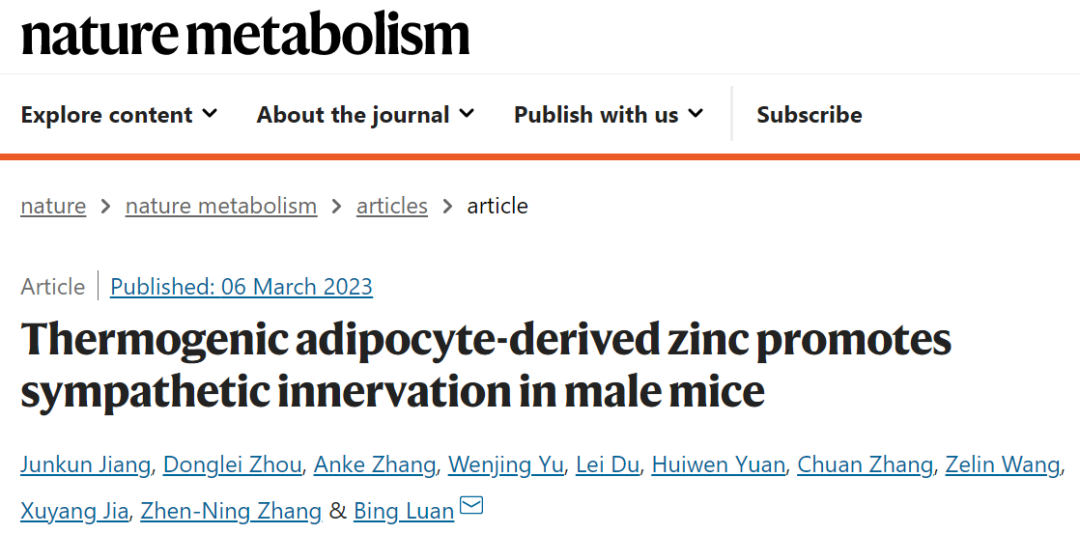预约演示
更新于:2025-05-07
SLC39A12
更新于:2025-05-07
基本信息
别名 FLJ30499、LIV-1 subfamily of ZIP zinc transporter 8、LZT-Hs8 + [8] |
简介 Uniporter that promotes Zn(2+) import from the extracellular space to the cytoplasm across the cell membrane. The transport activity is temperature dependent. May play a role in neurulation and neurite extension. May play a key role in maintaining intracellular zinc content at levels that reduce the inhibitory effects of rises in oxidative stress on spermatogonia and spermatozoa viability during spermatogenesis. |
关联
1
项与 SLC39A12 相关的药物靶点 |
作用机制 SLC39A12 blockers |
在研适应症 |
非在研适应症- |
最高研发阶段临床2期 |
首次获批国家/地区- |
首次获批日期1800-01-20 |
2
项与 SLC39A12 相关的临床试验NCT06846554
A Phase 2, Multicentre, Open-Label Trial to Evaluate APL-9796 in Adult Participants With Pulmonary Hypertension (ViTAL-PH)
The AP13CP02 study is a phase 2, open-label, dose escalation trial to determine how safe and tolerable multiple subcutaneous (SC) injections of APL-9796 are for patients with PH. The study will also assess how effective APL-9796 could be for treating patients with PH and whether the body produces antibodies working against APL-9796.
The trial will be conducted in two parts:
* Part A: Up to 36 adults with WHO Group 1 Pulmonary arterial hypertension (PAH).
* Part B (optional): Up to 12 adults with WHO Group 3 - PH associated with ILD (PH-ILD).
The trial will be conducted in two parts:
* Part A: Up to 36 adults with WHO Group 1 Pulmonary arterial hypertension (PAH).
* Part B (optional): Up to 12 adults with WHO Group 3 - PH associated with ILD (PH-ILD).
开始日期2025-04-09 |
申办/合作机构 |
ACTRN12624000086561
A Randomised, Double-blind, Placebo-controlled, Phase 1 Study to Assess the Safety, Tolerability, and Pharmacokinetics of Subcutaneous, Ascending Single Doses of AP13 in Healthy Adults
开始日期2024-02-27 |
申办/合作机构 |
100 项与 SLC39A12 相关的临床结果
登录后查看更多信息
100 项与 SLC39A12 相关的转化医学
登录后查看更多信息
0 项与 SLC39A12 相关的专利(医药)
登录后查看更多信息
46
项与 SLC39A12 相关的文献(医药)2025-03-26·The Journal of Neuroscience
The Astrocytic Zinc Transporter ZIP12 Is a Synaptic Protein That Contributes to Synaptic Zinc Levels in the Mouse Auditory Cortex
Article
作者: Webb, Bradley A ; Manning, Abbey ; Ruby, Rayli ; Mendelson, Benjamin Z ; Dariano, Donald F ; Geldenhuys, Werner J ; Bainer, Kaitlin ; Anderson, Charles T ; Shifflett, Victoria R ; Bender, Philip T R
2025-02-01·Science Bulletin
Plasma membrane-associated calcium signaling modulates zinc homeostasis in Arabidopsis
Article
作者: Zhao, Yusheng ; Chen, Xuanyi ; Javed, Laiba ; Fang, Yanjun ; Ju, Chuanfeng ; Deng, Yuan ; Sun, Lv ; Gao, Yaqi ; Cao, Chenyu ; Wang, Cun
2025-01-01·Biological Trace Element Research
Effects of Zinc Combined with Metformin on Zinc Homeostasis, Blood-Epididymal Barrier, and Epididymal Absorption in Male Diabetic Mice
Article
作者: Tie, Yanqing ; Li, Huanhuan ; Zhao, Bangrong ; Ma, Jing ; Wang, Shusong ; Zhang, Menghui ; Yang, Yang ; Yang, Chaoju
1
项与 SLC39A12 相关的新闻(医药)2023-03-08
·生物谷
该研究揭示了脂肪细胞中重要锌离子调控蛋白金属硫蛋白(Metallothionein 2,MT2)在肥胖发生中的重要作用,而这一作用依赖于其对锌离子释放和交感投射的影响。
适应性产热是指棕色脂肪组织和米色脂肪细胞响应外部刺激(例如寒冷暴露和运动等)产生热量。由于其具有增加能量消耗的巨大能力,激活机体适应性产热已成为对抗全球肥胖及其相关疾病(例如2型糖尿病和胰岛素抵抗等)的重要策略。研究表明交感神经元能通过释放儿茶酚胺激活脂肪细胞的产热程序。然而,产热脂肪细胞反向调控交感神经投射的潜在机制并不清楚,因此无法建立起其相互作用的调控网络。
2023年3月6日,同济大学医学院、同济大学附属同济医院栾冰教授团队在 Nature Metabolism 期刊发表了题为:Thermogenic adipocyte-derived Zinc promotes sympathetic innervation in male mice 的研究论文。
该研究报道了产热脂肪细胞可分泌锌离子作为脂肪因子激活交感神经的活性,进一步促进脂肪组织的适应性产热,为肥胖的治疗提供了新的理论基础。
首先,研究团队使用白喉毒素清除脂肪组织中的UCP1阳性产热脂肪细胞后发现,交感神经对脂肪组织的支配程度大幅下降,这表明产热细胞能够促进交感神经轴突生长。为进一步揭示产热细胞调控交感神经的机制,作者通过对体外条件下培养的产热细胞上清液进行质谱分析发现,产热细胞在GPCR信号刺激下分泌大量的锌离子。值得注意的是,锌离子能够促进体外培养的原代交感神经活性。
综上表明,产热脂肪细胞可通过分泌锌离子促进交感神经的活性。后续作者发现锌离子可通过交感神经细胞上的ZIP12通道进入到胞内并激活ERK信号通路从而促进交感神经突触生长。在肥胖小鼠的脂肪组织中,炎症因子诱导锌伴侣蛋白金属硫蛋白2表达上调,该蛋白通过锌离子螯合作用减少了产热脂肪细胞的锌分泌,抑制了交感神经的活性最终导致能量消耗减少。
最后,研究团队给予肥胖小鼠连续一个月的锌离子补充发现,锌离子喂养不仅改善了脂肪肝,还明显的降低了肥胖小鼠的体重。但当我们使用手术特异性的清除掉脂肪组织中的交感神经后发现,锌离子的补充无法改善肥胖表型,这说明锌离子的促产热能力需要交感神经的介导。
总的来说,该研究发现锌离子作为产热脂肪细胞分泌因子,可增强小鼠脂肪组织中交感神经投射以及产热。同时研究也详细阐明了脂肪细胞在GPCR信号刺激下通过细胞膜上的离子通道ZnT1释放锌离子的机制,以及Zn离子通过交感神经细胞上的ZIP12激活ERK信号通路从而促进交感神经突触生长的机制。
更为重要的是,该研究揭示了脂肪细胞中重要锌离子调控蛋白金属硫蛋白(Metallothionein 2,MT2)在肥胖发生中的重要作用,而这一作用依赖于其对锌离子释放和交感投射的影响。因此,该研究确定了产热脂肪细胞和交感神经元相互调节的正反馈机制。这种机制对于适应性产热很重要,可以作为治疗肥胖的潜在靶标。
同济大学医学院博士生姜俊坤、复旦大学上海肿瘤中心胃外科、复旦大学上海医学院肿瘤科周东雷主任医师、浙江大学博士生张安可、同济大学硕士生于雯竞为论文共同第一作者。栾冰教授为论文通讯作者。

临床1期
分析
对领域进行一次全面的分析。
登录
或

生物医药百科问答
全新生物医药AI Agent 覆盖科研全链路,让突破性发现快人一步
立即开始免费试用!
智慧芽新药情报库是智慧芽专为生命科学人士构建的基于AI的创新药情报平台,助您全方位提升您的研发与决策效率。
立即开始数据试用!
智慧芽新药库数据也通过智慧芽数据服务平台,以API或者数据包形式对外开放,助您更加充分利用智慧芽新药情报信息。
生物序列数据库
生物药研发创新
免费使用
化学结构数据库
小分子化药研发创新
免费使用

